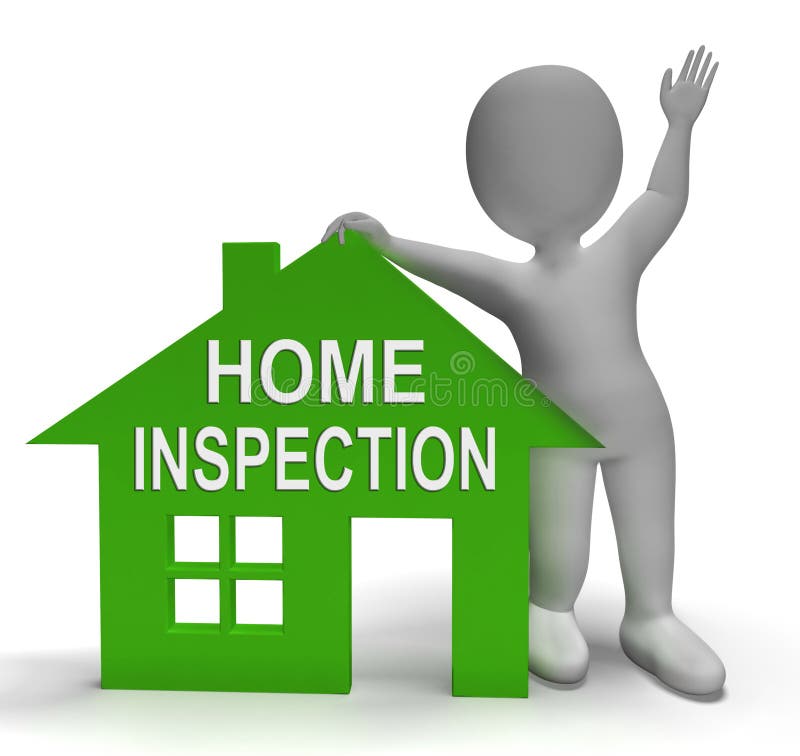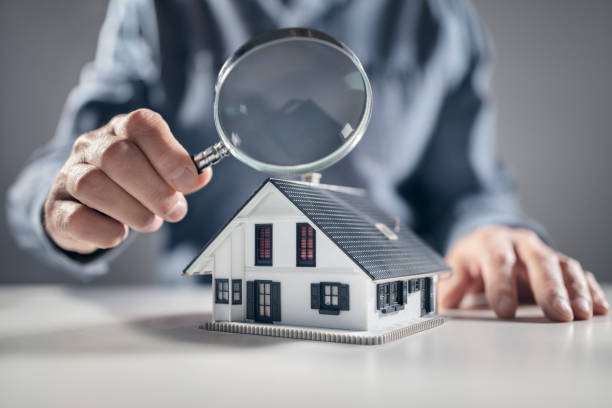What Is Included in a Comprehensive Residential Or Commercial Property Inspection Refine?
A detailed property evaluation process is vital for guaranteeing and securing investments safety. It encompasses a precise assessment of structural integrity, electric systems, pipes, and cooling and heating devices, amongst other critical components. Assessors do an extensive exam of both outside and indoor aspects, determining possible hazards and conformity with market criteria. The resulting record acts as a crucial resource for existing owners and possible customers alike. Nevertheless, the specifics of what examiners focus on, and the implications of their findings, can dramatically influence decision-making. What, after that, are the most vital facets that can make or damage a home assessment?
Review of Home Inspection

The examination includes a number of vital areas, consisting of the exterior and interior elements, systems such as pipes and electric, and any type of visible architectural components (Phoenix property inspections). Throughout the procedure, the inspector documents the condition of these elements, searching for indications of wear, damages, or potential dangers
A comprehensive residential property examination not only aids possible purchasers make notified decisions yet also assists current owners in understanding needed fixings or upkeep jobs. By supplying a comprehensive record of findings, the examination makes it possible for stakeholders to prioritize concerns that may require immediate focus or could impact future financial investment.
In addition, a reliable inspection procedure sticks to developed sector requirements and guidelines, ensuring a trusted and consistent analysis. Overall, the home inspection procedure is an essential device in property transactions, advertising openness and protecting both customer and seller interests.
Architectural Evaluation

During the inspection, professionals assess various elements, including the foundation, framework, wall surfaces, and roofing systems. They try to find indications of moving or resolving, such as splits in wall surfaces or irregular floors, which can signify underlying problems. The examination additionally includes analyzing the high quality of building and construction products and strategies used, guaranteeing compliance with building regulations and requirements.
Additionally, inspectors might examine for indicators of wetness invasion, which can bring about wood rot and mold and mildew, further compromising structural stability. They additionally assess load-bearing elements to ensure they can sufficiently sustain the weight of the building and its contents.
Eventually, a comprehensive structural examination offers very useful insights for possible customers and homeowners, allowing them to make informed choices pertaining to building investments and needed maintenance. By identifying architectural concerns early, proprietors can deal with issues proactively, preserving the lasting value and safety and security of the building.
Electric System Analysis
An effective electric system assessment is important in the residential property inspection process, as it evaluates the safety, capability, and compliance of a structure's electrical infrastructure - Phoenix property inspections. This analysis usually incorporates a complete examination of the main electric panel, circuit breakers, and wiring systems. Inspectors try to find indications of wear, deterioration, or damage that might compromise safety
The assessment includes screening for adequate grounding and bonding, guaranteeing that the electrical system is appropriately this connected to stop electrical shock or fire hazards. Assessors additionally analyze the capacity of the electric system to manage the present load, identifying any prospective overwhelming problems that might lead to failings or interruptions.
Furthermore, the evaluation look for the existence of GFCI (Ground Fault Circuit Interrupter) and AFCI (Arc Fault Circuit Interrupter) gadgets in suitable places, which are essential for securing against electrical shocks and stopping fires. Compliance with local building regulations and guidelines is additionally validated to make sure that any kind of setups or modifications fulfill safety criteria.

Plumbing and Heating And Cooling Checks
Complying with the electric system assessment, the plumbing and cooling and heating checks are important components of the residential or commercial property examination process. These assessments make sure that the vital systems of the property are working appropriately and securely, thereby protecting the investment and health of the residents.
During plumbing inspections, specialists analyze the problem of pipes, fixtures, and drain systems. They inspect for leakages, corrosion, and any indicators of water damage that could suggest larger problems. The effectiveness of water heating units is additionally assessed to guarantee they meet present criteria and provide sufficient warm water supply.
The cooling and heating checks involve a comprehensive exam of home heating, air, and air flow conditioning systems. Assessors will assess the functional efficiency of these systems, ensuring that they keep a comfortable interior setting. This includes checking the heater, air ductwork, thermostat, and conditioner functionality. Additionally, the assessor will certainly search for any signs of wear or potential safety and security dangers, such as carbon monoxide gas leaks in heater.
Outside and Inside Evaluations
Exterior and indoor examinations are critical elements of the building inspection process, providing a comprehensive overview of read here a building's problem. The external assessment involves examining architectural aspects such as the roofing system, exterior siding, foundation, and windows.
The interior evaluation concentrates on the condition of living spaces, including wall surfaces, floor covering, and ceilings. Examiners check out the capability of windows, doors, and devices, while additionally looking for signs of wetness or architectural issues. Electrical systems, plumbing fixtures, and cooling and heating units are scrutinized to guarantee they remain in functioning order, certified with building ordinance, and without safety hazards.
Both examinations culminate in a thorough record that highlights critical searchings for and recommendations for repair work or more evaluations. This twin approach guarantees that potential purchasers or proprietors are fully educated about the home's toughness and weaknesses, enabling them to make knowledgeable choices.
Verdict
To conclude, a thorough home evaluation procedure includes a knockout post a substantial evaluation of architectural stability, electrical systems, pipes, and heating and cooling devices, together with thorough outside and indoor evaluations - Commercial property inspections. By systematically evaluating each essential part, prospective security risks and compliance with industry standards and neighborhood building ordinance can be determined. The resultant comprehensive record offers as a vital source, equipping purchasers and home owners to make enlightened decisions concerning home financial investments and upkeep, eventually enhancing safety and worth
A detailed residential or commercial property evaluation procedure is important for safeguarding financial investments and making sure safety.Throughout the inspection, specialists analyze various components, including the foundation, framework, walls, and roofing systems.A reliable electrical system evaluation is important in the home inspection procedure, as it assesses the security, capability, and compliance of a building's electric infrastructure.Exterior and interior inspections are vital elements of the home assessment process, offering a thorough review of a building's condition.In final thought, a thorough residential or commercial property examination procedure encompasses an extensive analysis of structural stability, electrical systems, pipes, and A/c units, alongside comprehensive exterior and indoor inspections.